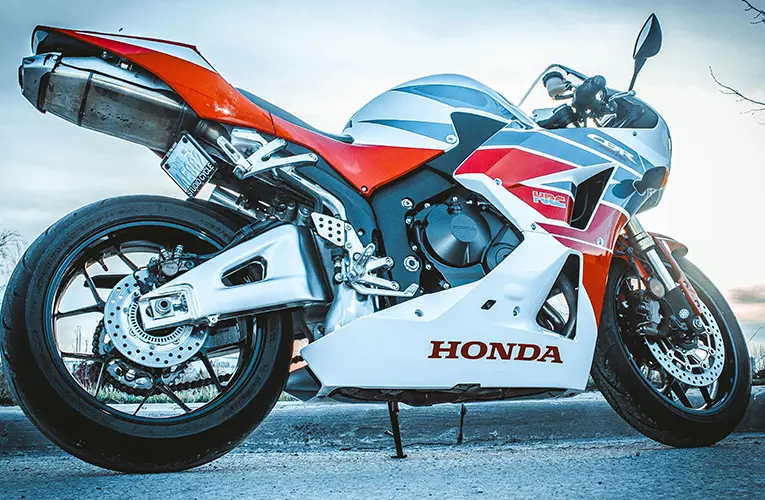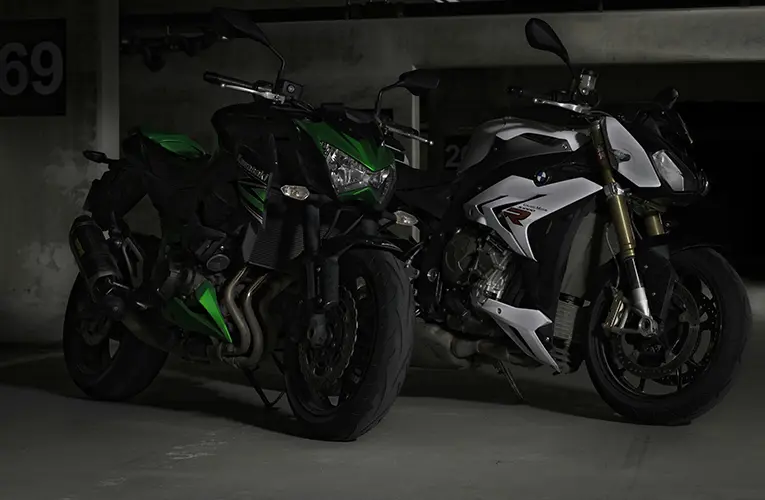“Cycling Innovations and Trends: Discover the Latest Developments in Bike Technology and Design”
### Cycling Innovations and Trends: Discover the Latest Developments in Bike Technology and Design
Cycling technology continues to evolve, bringing new innovations that enhance performance, comfort, and safety. Whether you’re a seasoned cyclist or just starting out, staying updated on the latest trends can help you make the most of your rides. Here’s a look at some of the most exciting developments in bike technology and design.
—
## 1. **Advanced Frame Materials**
### 1.1 **Carbon Fiber**
– **Advantages:** Lightweight, strong, and offers excellent vibration damping.
– **Trends:** High-end road and mountain bikes increasingly use carbon fiber for both the frame and components, allowing for better performance and ride quality.
### 1.2 **Titanium**
– **Advantages:** Durable, corrosion-resistant, and provides a smooth ride.
– **Trends:** Titanium is making a comeback, particularly in custom and high-end bikes, due to its unique combination of strength and comfort.
### 1.3 **Aluminum Alloys**
– **Advantages:** Affordable, lightweight, and versatile.
– **Trends:** Advanced aluminum alloys are being used in mid-range bikes, providing a good balance between performance and cost.
—
## 2. **Smart Bike Technology**
### 2.1 **Integrated GPS and Navigation**
– **Features:** Built-in GPS systems and navigation aids can track routes, provide turn-by-turn directions, and monitor performance metrics.
– **Trends:** Smart bikes and handlebar mounts now offer seamless integration with apps to enhance navigation and track cycling data in real-time.
### 2.2 **Electronic Shifting**
– **Features:** Provides precise and consistent gear changes with minimal effort.
– **Trends:** Electronic shifting systems are becoming more accessible, with options available for both road and mountain bikes, offering improved shifting performance.
### 2.3 **Bike Computers and Performance Monitors**
– **Features:** Advanced bike computers track metrics such as speed, distance, cadence, and power output.
– **Trends:** Newer models integrate with heart rate monitors and smart trainers, providing a comprehensive view of your performance.
—
## 3. **Innovative Suspension Systems**
### 3.1 **Adaptive Suspension**
– **Features:** Uses sensors and algorithms to adjust suspension settings in real-time based on terrain and riding conditions.
– **Trends:** High-end mountain bikes are incorporating adaptive suspension systems to improve ride comfort and control on varied terrain.
### 3.2 **Air Suspension**
– **Features:** Uses air pressure to adjust the suspension’s stiffness and travel.
– **Trends:** Air suspension systems are becoming standard on many mid- to high-end bikes, offering a lighter and more adjustable alternative to coil suspension.
—
## 4. **Enhanced Safety Features**
### 4.1 **Smart Lighting Systems**
– **Features:** Automatically adjust brightness based on ambient light and movement, and can be controlled via smartphone apps.
– **Trends:** New smart lighting systems offer increased visibility and safety, with features like automatic braking lights and turn signals.
### 4.2 **Integrated Cameras**
– **Features:** Front and rear cameras record your rides, providing evidence in case of incidents and helping with navigation.
– **Trends:** Compact and lightweight cameras are now being integrated into bike frames and helmets, enhancing safety and recording capabilities.
### 4.3 **Advanced Reflective Materials**
– **Features:** Use of reflective and luminescent materials to improve visibility.
– **Trends:** Clothing and accessories with high-visibility materials are becoming more popular, enhancing rider safety in low-light conditions.
—
## 5. **Eco-Friendly and Sustainable Innovations**
### 5.1 **Recycled Materials**
– **Features:** Bikes and components made from recycled plastics and metals.
– **Trends:** Manufacturers are increasingly using eco-friendly materials in bike production to reduce environmental impact.
### 5.2 **Solar-Powered Accessories**
– **Features:** Accessories like bike lights and chargers powered by solar energy.
– **Trends:** Solar technology is being integrated into cycling accessories, offering a sustainable power source for essential equipment.
—
## 6. **Customizable Components**
### 6.1 **Modular Designs**
– **Features:** Components that can be easily swapped or adjusted for different riding conditions.
– **Trends:** Modular designs allow cyclists to customize their bikes for specific needs, such as changing between road and off-road setups.
### 6.2 **Personalized Fit Systems**
– **Features:** Custom-fit components such as adjustable saddles and handlebars.
– **Trends:** Advances in fit technology and adjustable components help cyclists achieve a more personalized and comfortable riding experience.
—
## 7. **Electric and Hybrid Bikes**
### 7.1 **Advanced E-Bike Systems**
– **Features:** More efficient motors, longer battery life, and improved integration with bike frames.
– **Trends:** E-bikes are becoming increasingly popular for commuting and long-distance rides, with improvements in technology making them more practical and efficient.
### 7.2 **Hybrid Models**
– **Features:** Combine features of traditional bikes with electric assistance.
– **Trends:** Hybrid bikes offer versatility for various riding conditions and are equipped with the latest tech to enhance performance and comfort.
—
## Conclusion
Cycling innovations are transforming the way we ride, making bikes more advanced, comfortable, and tailored to individual needs. From cutting-edge materials and smart technology to enhanced safety features and eco-friendly practices, the latest developments are designed to improve every aspect of cycling. Whether you’re a competitive cyclist or a casual rider, staying informed about these trends will help you choose the best bike and accessories to enhance your riding experience.









